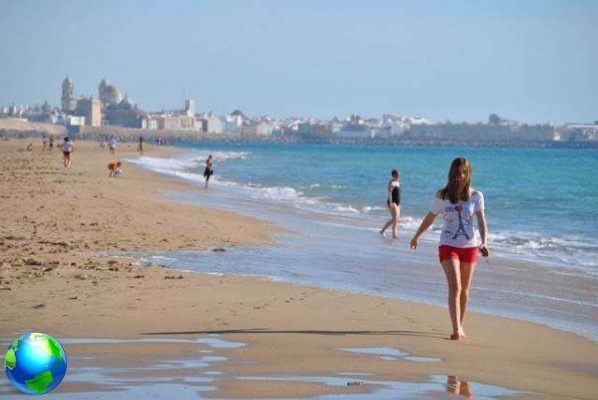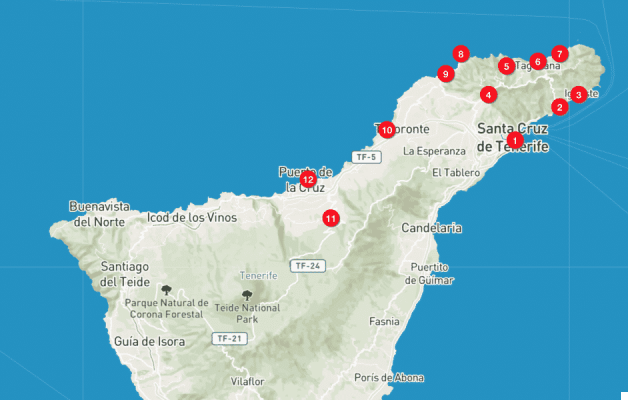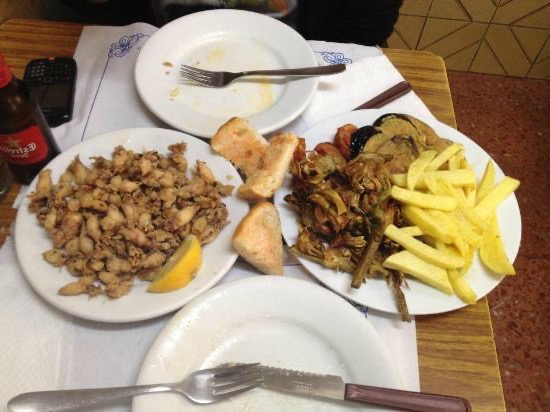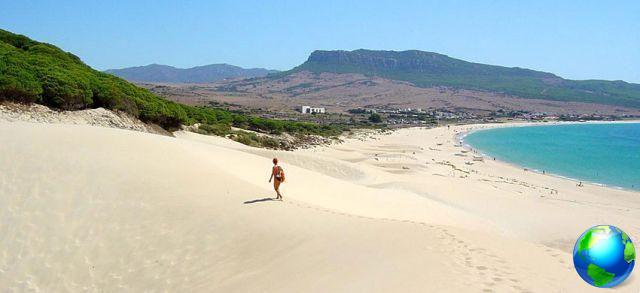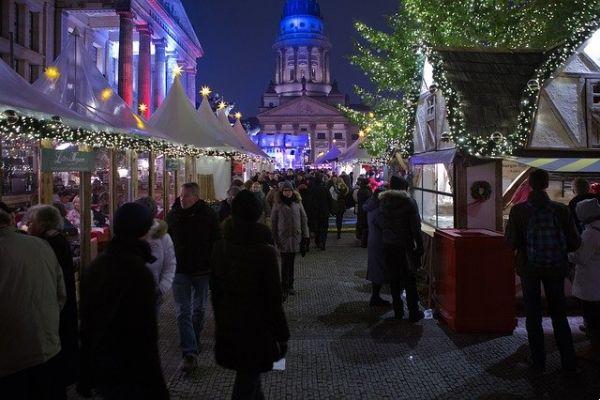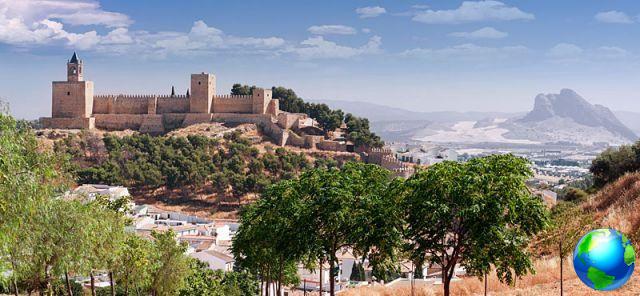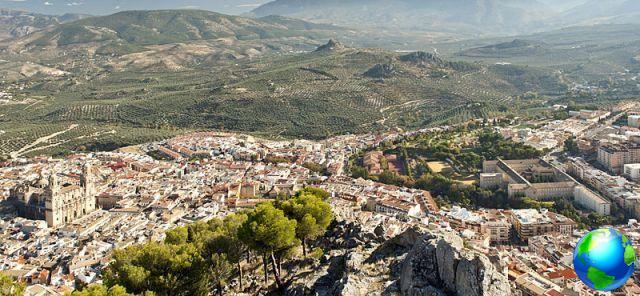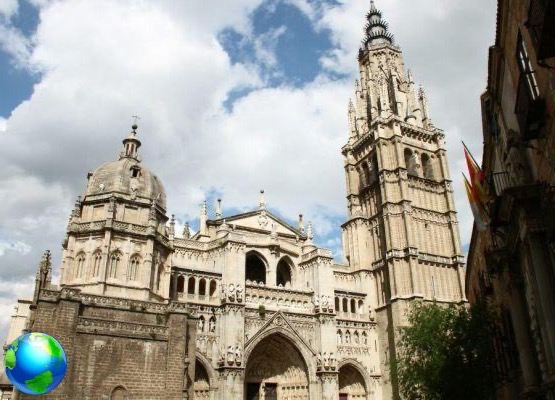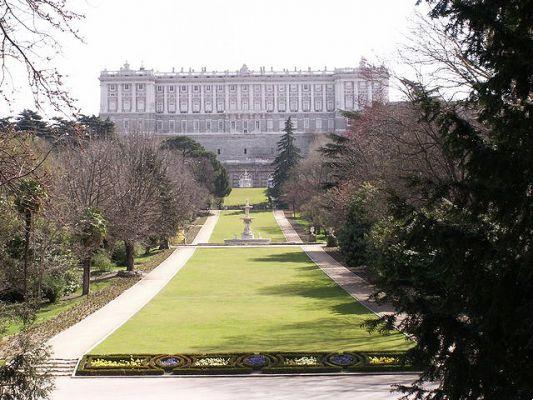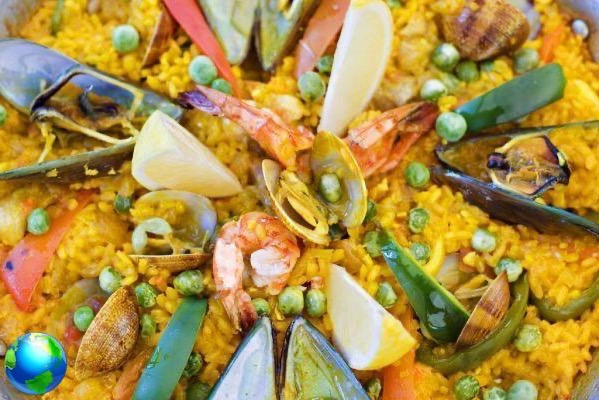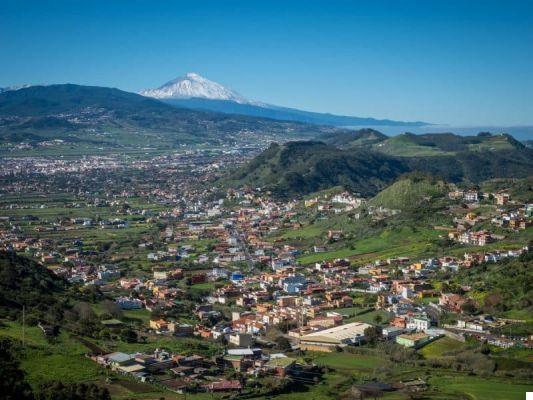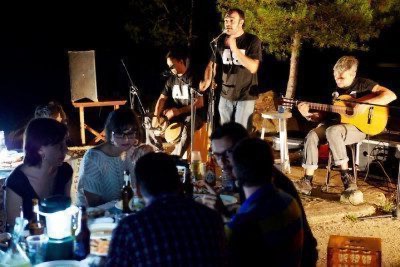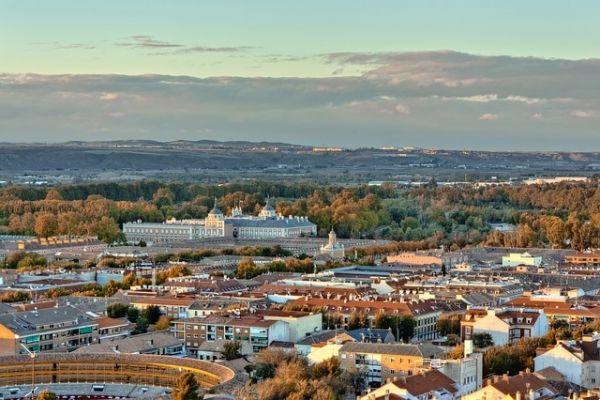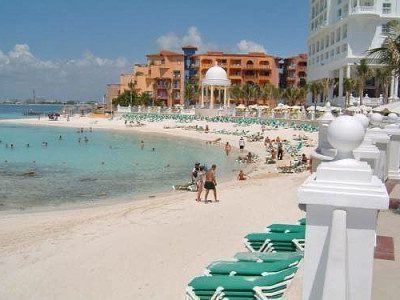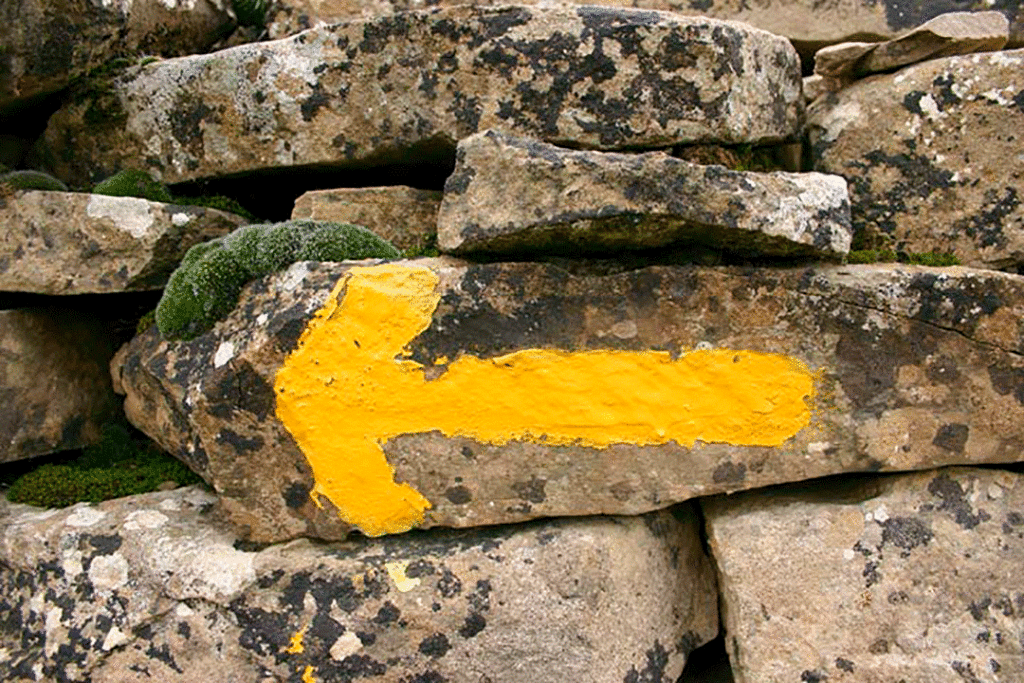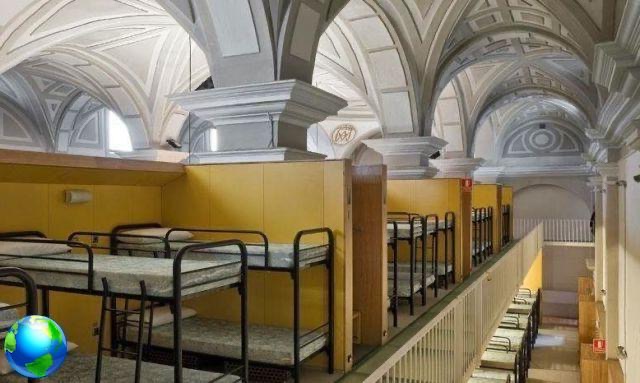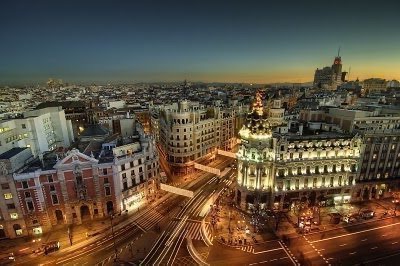
Cyrus Gechelin in Madrid, tell us about yourself
For the first time I have been to Madrid back in 2002, a city I fell in love with, so much so that I decided to move there permanently in 2009, after completing the Net-economy studies. My two different careers merge into what I am today: a community manager in Madrid.
Madrid when and why?
I always loved travel and learn about cultures different from mine. Perhaps for this reason, my first passion was languages, so much so that I enrolled in an academic course in Linguistic mediation. One of the greatest opportunities I had at university is to be able to study abroad through the project Erasmus, which I highly recommend not only to those who study languages, not only to those who love to go on an adventure, but to everyone.
Home in Madrid, how to find it?
Madrid is generally a larger city economic compared to the large European urban centers. The accommodations are no exception. Of course, prices vary depending on the area. Fortunately, Madrid can boast one of the best subway networks in Europe, so for those wishing to save a little I recommend moving outwards. I must admit that in order to fully live the fervent life of Madrid, as an apartment I have not spared much expense: in fact, I bear an expensive rent just to live in the central district of Malasaña, the liveliest and most underground barrio in Madrid.
As regards the ways to find a home, I recommend using the various ad portals, especially idealista.com and loquo.com. I recommend that you find out which area you choose and how it is connected. I often read about guys who end up out of the way or who don't know anything about certain neighborhoods. The official information that you can find around must be complemented with a lot of experiential information that can only be found in forum or talking to whoever has been there.
Low cost ways to get around
In this Madrid has nothing to envy to the rest of the world. There subway it reaches everywhere, up to the airport (comfort not indifferent). There are both single-journey tickets for 1 euro, and 10, and season tickets. From experience I would recommend buying single tickets: if in fact your aim is to visit the city, you will have almost no need to take the subway. Normally this happens to reach the museum area or the train station for the classic trip out of Madrid, but if you are staying in the center you will probably go on foot; remember that entering and exiting the airport requires a supplement of 1 euro.
If you decide to take the trip out of town, typically a Toledo or Segovia, you will have to choose between time and money: on the train you spend something more than 10 euros for half an hour of connection, in bus you spend half for double the journey. In this case, however, I would aim for the train.
The hardest thing in the city?
For those who live there the most difficult thing is certainly make a life: meeting people in Spain is very easy, but getting into their circle of friendship is somewhat complicated. The Spaniards of the capital, however open and friendly, are enough independent. Don't let go of the bone. Another thing that can be complicated are the bureaucratic procedures. For both situations it is a must to visit the forum in Madrid, a real reference site for us expats. Especially for newcomers it is indispensable.
For who comes to visit I don't see big difficulties. Perhaps the most problematic thing for those who go around the center is to meet Spaniards, since foreign tourists are now the masters.
The easiest thing?
Go out for local. There are many, of all kinds, everywhere. The famous crisis of the Spanish economy, however real it is, seems to disappear in the evening, when even the most seedy clubs and restaurants fill up. Literally, the weekend.
A city party you've been to to recommend
I recommend it the two. One is the Pride Day, aka Gay Pride, in July. In spite of the name lasts a week and it is the event with the greatest participation in the country, with a turnout of two million people and the almost total exhaustion of places in the hotels: plan ahead. Fashion shows, concerts and masked characters cheerfully claim rights are unfortunately ignored or denied. In the final days, agoraphobics better avoid Madrid.
The second is the Feast of the Paloma, or rather of the 'dove', which is celebrated in August. Madrid is deserted in August, but is repopulated for this event. Although it is a religious festival, it has taken on the characteristics of a true worldly event, with lights, jugglers, festoons and theunmatched lemonade (with white wine).
A typical dish to recommend?
Given that as a French I can not help but adore and regret it French cuisine, there are dishes of Spanish gastronomy that must be tried.
The most typical thing is to go for caps, that is, go around different little bars that serve small portions of food together with the drink. This is usually a very cheap way to dine out, also because in some cases the tapas are free and you only pay for a drink. One of my favorites is there morcilla de Burgos: I don't want to tell you what it is, otherwise you won't want to try it, but it's succulent. Otherwise I suggest the crumbs, or fried breadcrumbs with meat; this is less common to find because it is one specialties of Extremadura.
Recommend us a place
Since the different districts of the center are quite heterogeneous from each other in terms of clubs, I always recommend choosing area that best reflects your tastes.
Salt: it is the tourist center, you will find typical Spanish bars but enough for tourists, Irish pubs, kebab. I recommend those in Piazza Santa Ana or the legendary ones Cuevas de Sesame. Court: it's the alternative neighborhood, with grunge-punk music bars and indie environments. Among the most renowned clubs, The Milky Way, The lizard King e Tupperware.
Chueca: it is the gay district, certainly one of the liveliest in the evening. Here you will find many disco-pubs, including the Gray or Liquid.
Lavapies: multi-ethnic neighborhood, where you can find ethnic restaurants and local chillouts. Exceptional La Tobacco, a huge self-managed center where parties, exhibitions and various other activities take place.
La Latina: go there on Sunday afternoon. An infinity of tapas bar or to dance, but above all a lot of young people. Grab a beer at Lamiak, if you can get to the counter.
With regard to discotheques, I haven't shot many, but my favorite is definitely the evening Stardust on Fridays in the Cool Room. In the smaller room, dedicated to electroindie, you will find the most bizarre fauna of Madrid, while in the large one you can let off steam with the best house music.
The most expensive thing in Madrid?
I can't think of anything particularly expensive that one has to pay for. For everything you can choose thecheaper alternative. Of course, if you don't mind spending money on a fine dinner or a cocktail, you can also find elegant restaurants and expensive clubs. More expensive and usually poorer than the French are the French restaurants, but I abroad as a rule I never eat French.
And the lowest cost thing?
As regards the Shopping, the most economical solution remains the large ones commercial chains: Zara, Bershka, Blanco, Oysho, Stradivarius, H&M. A tour around the Gran Vía or for Calle Preciados it will be enough to fill you with bags.
The most low cost thing however remain the locals, but that's not the rule: you need to know the right places. For example as a tapas bar it is now well known (and very full) El Tigre. Also remember that often the most seedy and old bars can reveal many nice surprises.
A good thing about living in the city
Even on the days when I get up on the wrong foot, go out on the street and find her teeming with people always gives me the charge. I like it people watching and go to crowded places. For this reason, surely the most positive thing for me is the possibility to go out every night at to party.
The other thing I love is the museums and galleries, well represented here. In addition to the famous art triangle (Prado, Reina Sofia and Thyssen-Bornemisza) I recommend finding some time to visit at least the Caixa forum o The House On. They are both free.
A bad thing about Madrid?
On the negative side there is everything that is typical of a big city: the noise, the traffic, the impossibility of taking part in free or low-cost initiatives due to the huge queues, but I don't think I can report particular things, apart of course the homesickness. There is only one thing that is truly missing: the sea.
Would you recommend it to a friend as a city to live in?
I had never lived for long periods in big cities, but Madrid seems like a perfect city to me on a human scale. The character of the Spaniards, the nightlife, the favorable climate, the cleanliness and the efficiency of the services make the city very familiar from the moment you arrive. The most fascinating thing here is there quality of life, not the tourist attractions, but this is difficult to show in a few days: Madrid is to live, not worth visiting.




